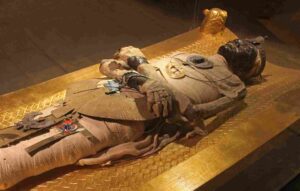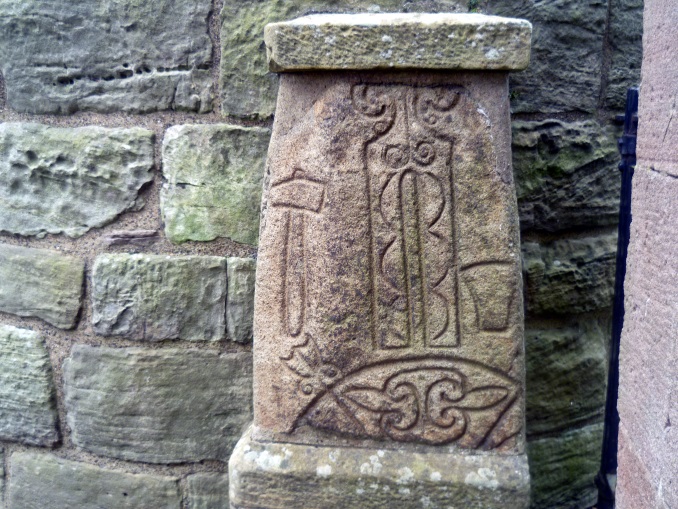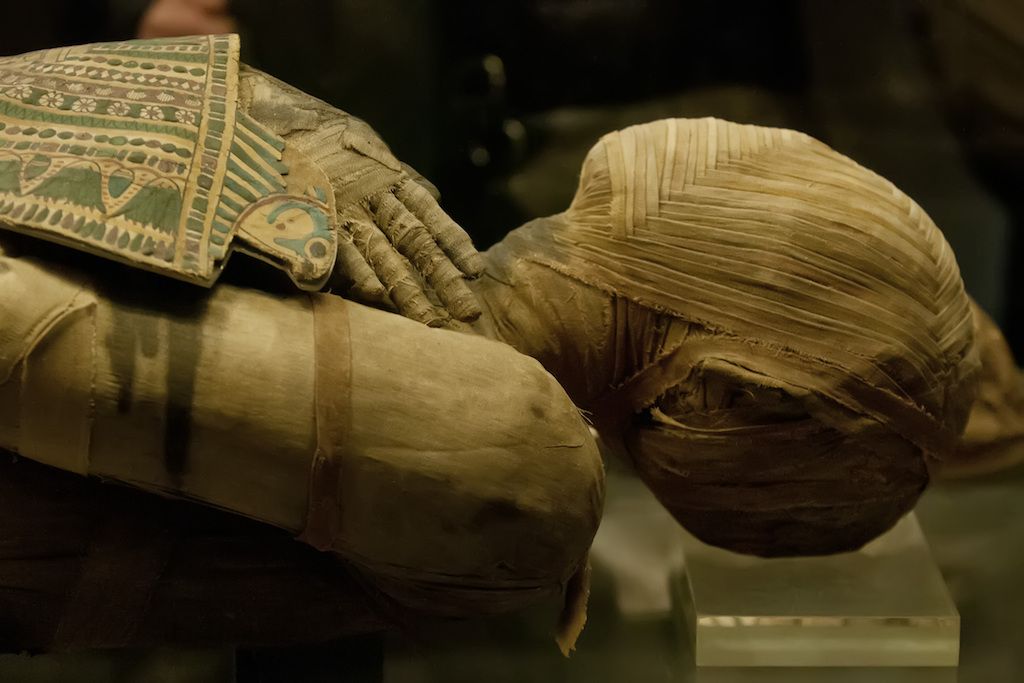The Art of Mummification: Preserving Bodies for Millennia
Mummies are corpses or bodies preserved against decomposition, whether by natural or artificial means. Through the process of mummification, they remarkably preserve the body’s original form, providing a window into history.
Countries like Egypt and China are renowned for their mummies. One of the most famous mummies, remarkably intact, is that of Pharaoh Tutankhamun, which archaeologist Howard Carter discovered in 1992.
Tutankhamun ruled Egypt around 1336 BC and passed away at the tender age of 19. This discovery fueled the interest of both researchers and the general public, igniting curiosity about mummies and the methods used for their preservation. One intriguing aspect is the material or fabric used to wrap mummies during the mummification process.

The Art of Egyptian Mummification
The method of mummification most widely recognized today originates from ancient Egypt, dating back to around 3500 BC. According to Britannica, the process commences by inserting a metal rod through the nostrils and into the skull, followed by manipulating it to liquefy and drain the brain tissue.
After the removal of organs, the body undergoes cleansing using a mixture of spices. It is then treated with natron, a special mummification salt, and left to dry for 40 days. Following this, the body is wrapped in layers of linen cloth. Additionally, resin-coated fabric is utilized to protect against moisture. Finally, the mummy is placed in a sealed coffin.
The linen used by ancient Egyptians is made from the flax plant. This fabric is renowned for its strength, particularly when wet. It contains high levels of pectin, which can produce glue when mixed with water. This quality allows linen to resist decay better than other fibers. It’s no surprise that linen from the era of ancient Egypt is often found in remarkably intact condition.
On the other hand, the Egyptians believed that the body should closely resemble life to pass into the afterlife. Linen was intentionally chosen to wrap the mummy due to its strength, preserving the body’s integrity, much as it was in life.
The Role of Linen in Ancient Egypt
Linen, derived from the flax plant, played a significant role in the lives of ancient Egyptians. It wasn’t just the preferred fabric for mummification; it had various other applications in their society.
Clothing: Linen served as the staple fabric for clothing in ancient Egypt because of its comfort and breathability, particularly in the country’s hot climate. Both the wealthy and common people wore linen garments.
Textiles: Linen was used to create various textiles, including bed linens, towels, and curtains. Linen’s durability made it a practical choice for everyday use.
Symbolism: In Egyptian culture, linen held symbolic importance. It was associated with purity and light, and priests frequently donned white linen garments during religious ceremonies.
Mummification: Linen’s use in mummification extended beyond wrapping the body. It was also utilized to craft shrouds, masks, and even sandals for the deceased.
Preserving History and Culture
The use of linen in mummification not only preserved bodies but also served as a testament to the ingenuity and craftsmanship of ancient Egyptian civilization. Linen’s durability allowed these artifacts to withstand the test of time, offering invaluable insights into a bygone era. Mummies and their wrappings continue to fascinate and provide a window into the customs and beliefs of ancient civilizations.





